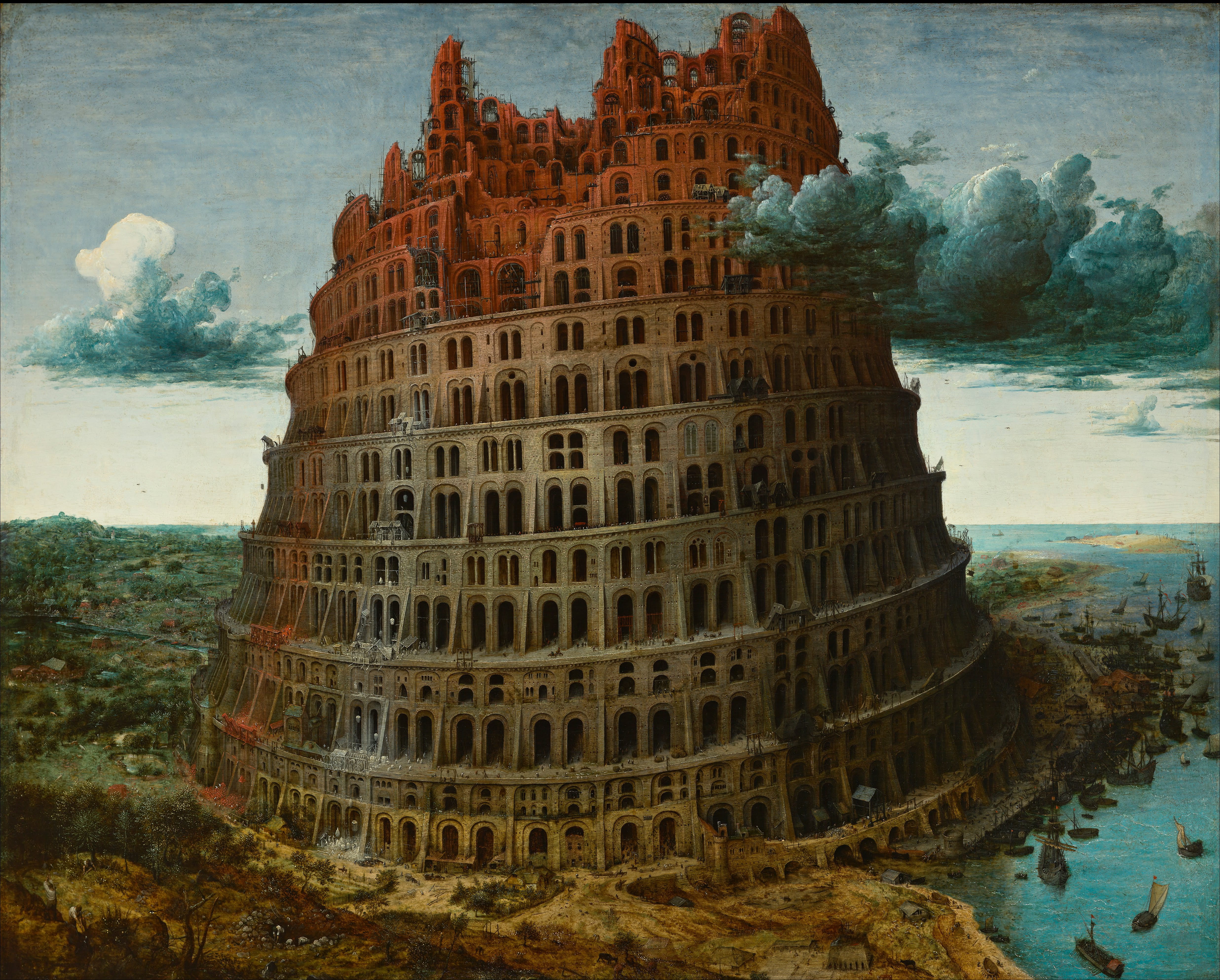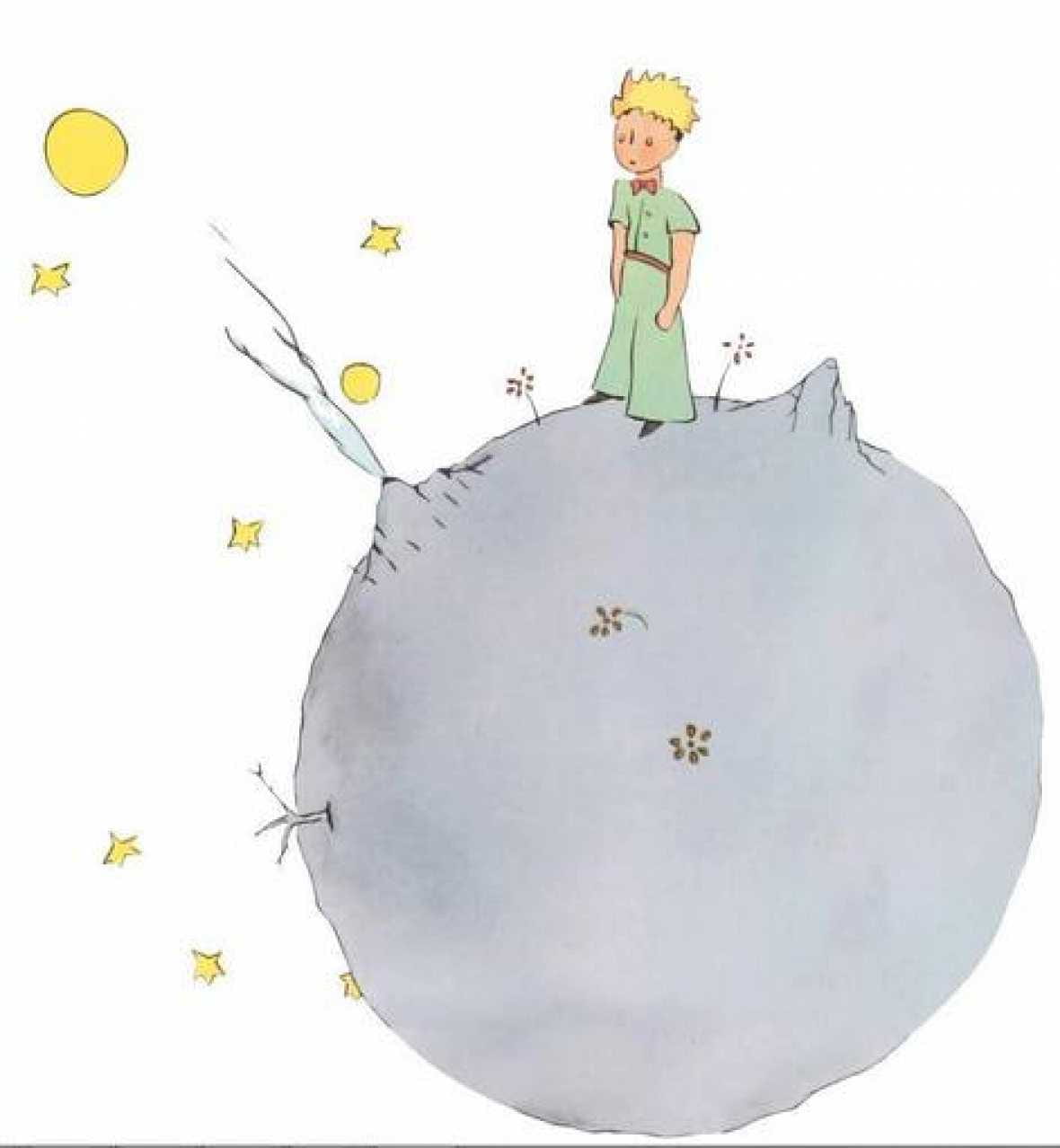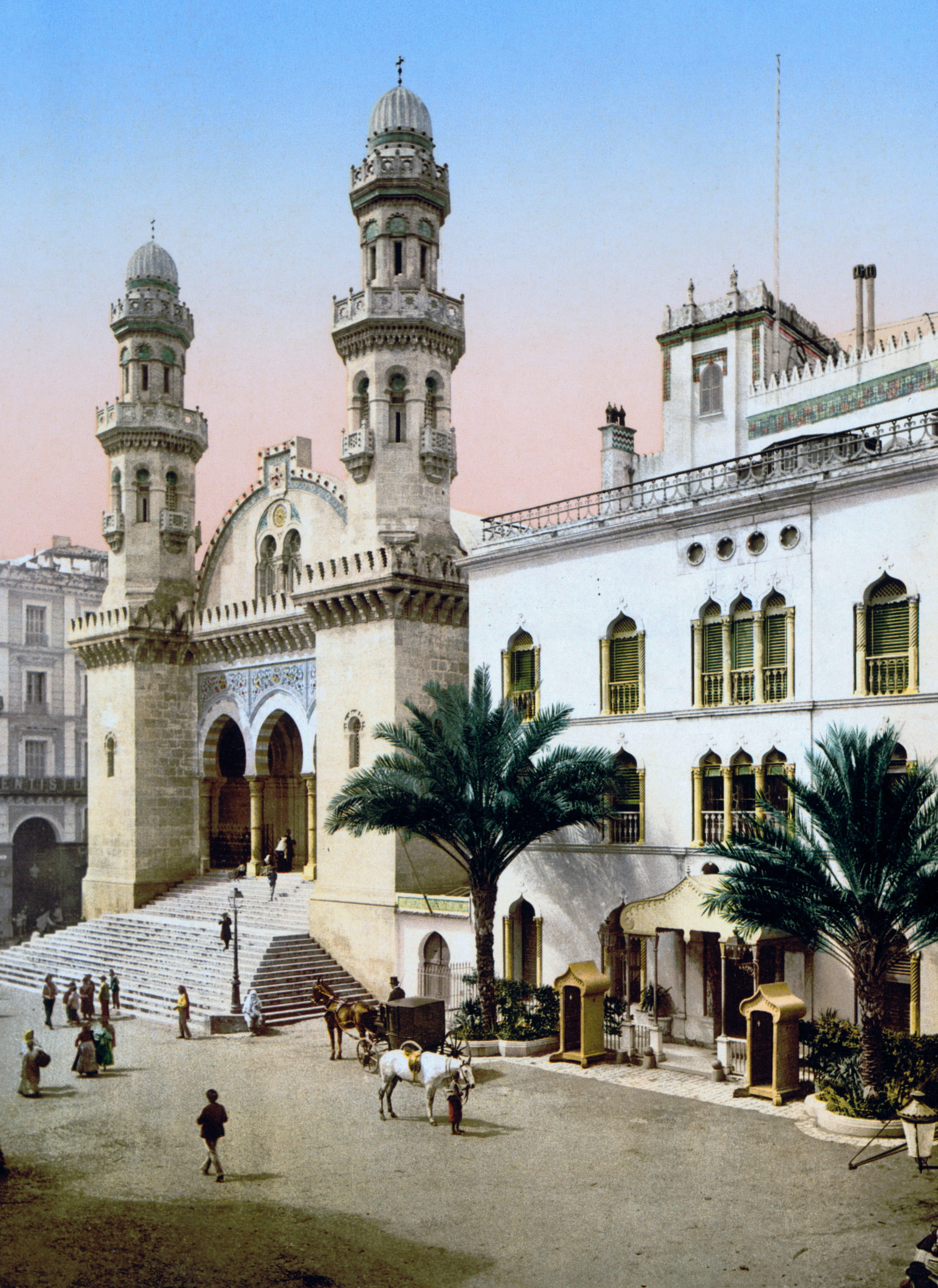By this art you may contemplate the variation of the 23
Continue reading
Amherst College – Spring 2016
In this blended-learning course, 25 students will study four literary classics (Cervantes’s Don Quixote, Flaubert’s Madame Bovary, Dostoyevsky’s Crime and Punishment, and Kafka’s The Metamorphosis), exploring their history of literary translation across time as well as across languages. Students will think about how translations contribute to the comprehension, interpretation, circulation, survival, and new possibilities of literary texts, especially regarding the classics. Students will also engage in the practice of literary translation by producing enhanced digital texts that combine a new translation made by students with visual, audio, and virtual data. Overall, this course will encourage students to look at translation through a historical lens by accessing translations done in different periods as statements of their time and place as well as introduce them to the profession of literary translation in the digital age. All students should be native speakers of or fluent in English, and will translate into this language for their final project. Students should also have advanced reading knowledge in any one or more of these four languages: Spanish, French, German, and Russian.

By this art you may contemplate the variation of the 23
Continue reading
Charles Perrault’s Short Biography: Chalres Perrault was born on January 12, 1628
Continue reading
Antoine De Saint-Exupery was born in 1900 in Lyons, France. His interest
Continue reading
Don Quixote: Part II, Chapter LXII by Robert Croll Since Miguel
Continue reading
A tiny, tiny biography of Rubén Darío by Felipe Pereira
Continue reading
Translated by Flavia Martinez The Stranger is without a doubt Albert Camus’
Continue reading
Romeo and Juliet is a tragedy about two young lovers whose deaths ultimately
Continue reading
Don Quijote: Key scenes Miguel de Cenvates’s infamous novel, Don Quijote de
Continue reading